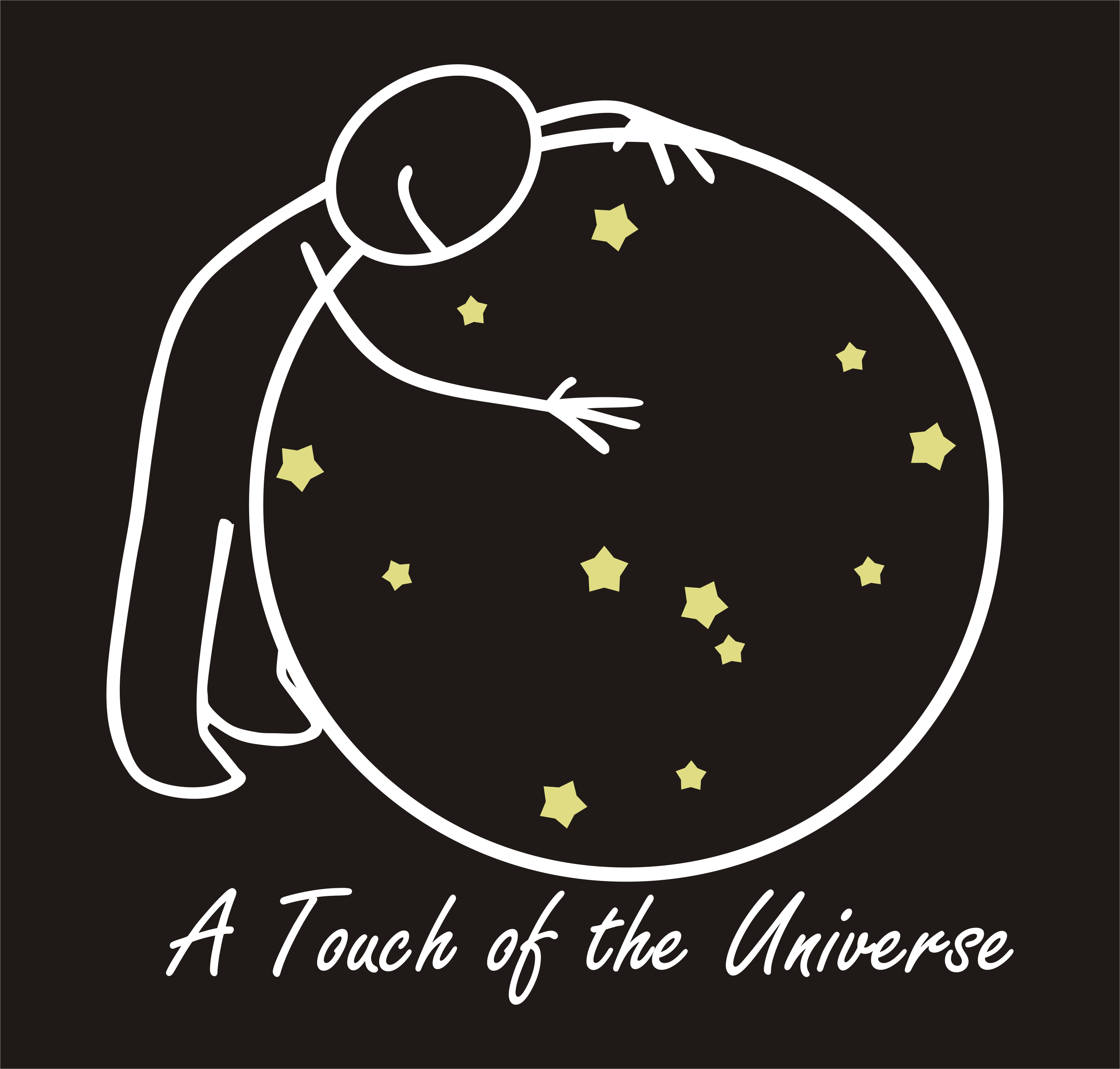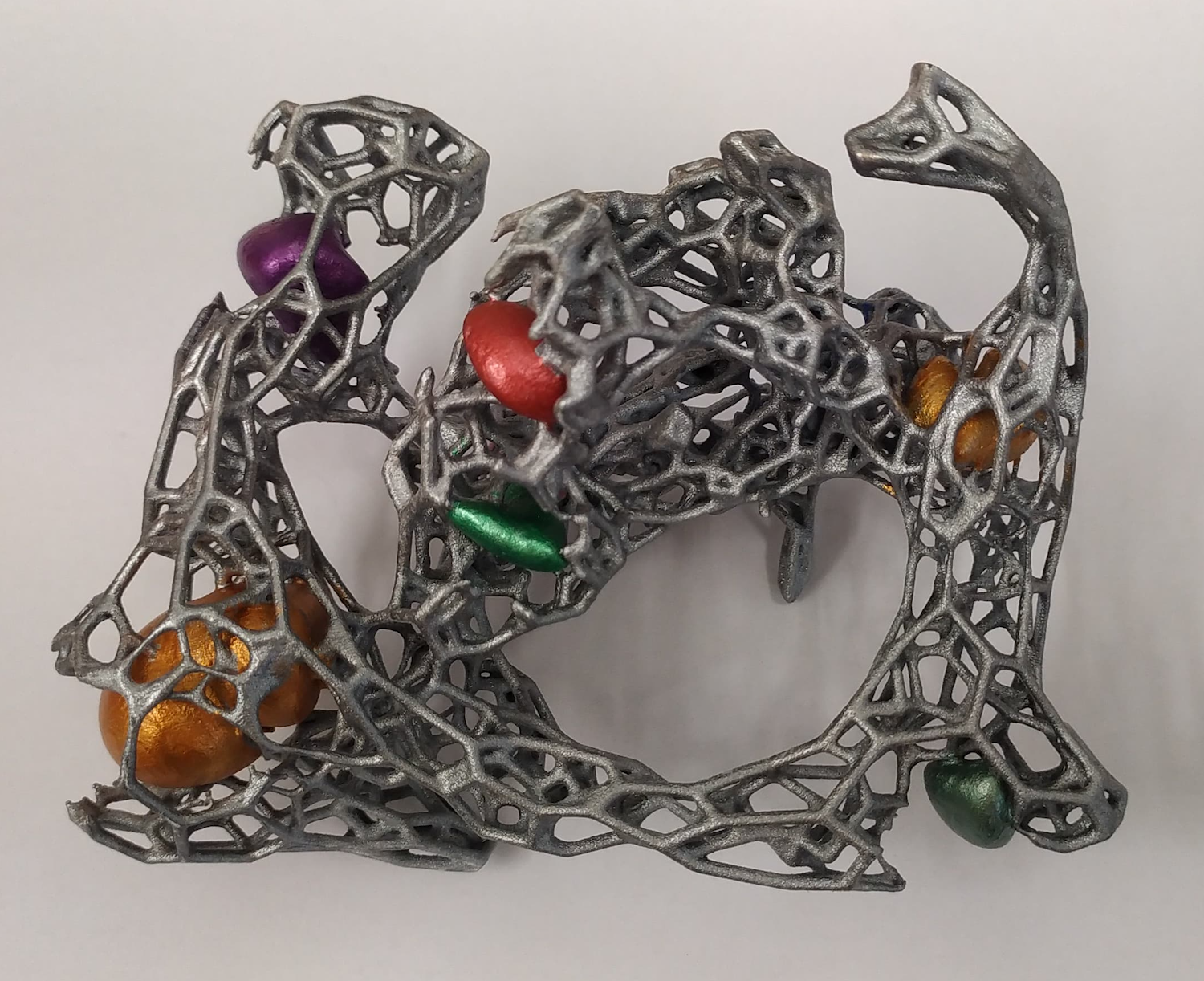The Cosmic Web
The Cosmic Web is a huge and complex network of filaments of dark matter, gas and galaxies, with clusters and superclusters of galaxies inside the points where several of these filaments meet. The filament structure also leaves large empty spaces, which are called ‘voids’.
The model
In this 3D model we see a part of the cosmic web that includes Laniakea, our nearest cosmic neighbourhood. At the centre of the model would be our own galaxy, the Milky Way, but the scale does not allow us to represent it.
It is possible to identify several superclusters of galaxies, cosmic objects encompassing thousands of galaxies, which we have represented as smooth, irregular solid shapes that look like large beans. The filaments that connect two superclusters also have names, after those of the clusters themselves.
Laniakea is estimated to comprise 100 000 galaxies (including the Milky Way). The portion of the universe represented in the model contains on the order of 1 million galaxies. The size of this region of the Universe is more than 1000 million light years.
We have made two versions of the same model: a plain one (Laniakea.stl) and another where the objects are identified by their initial in Braille (Laniakea Braille.stl). The printable Braille legend is the file «Braille legend.stl».
This work has been carried out with a grant from the R&D&I ‘Proof of Concept’ 2022 (PDC2022) call for projects, financed by the European Union through the NextGenerationEU Recovery, Transformation and Resilience Plan. Project’s reference: PDC2022-133930-I00.

